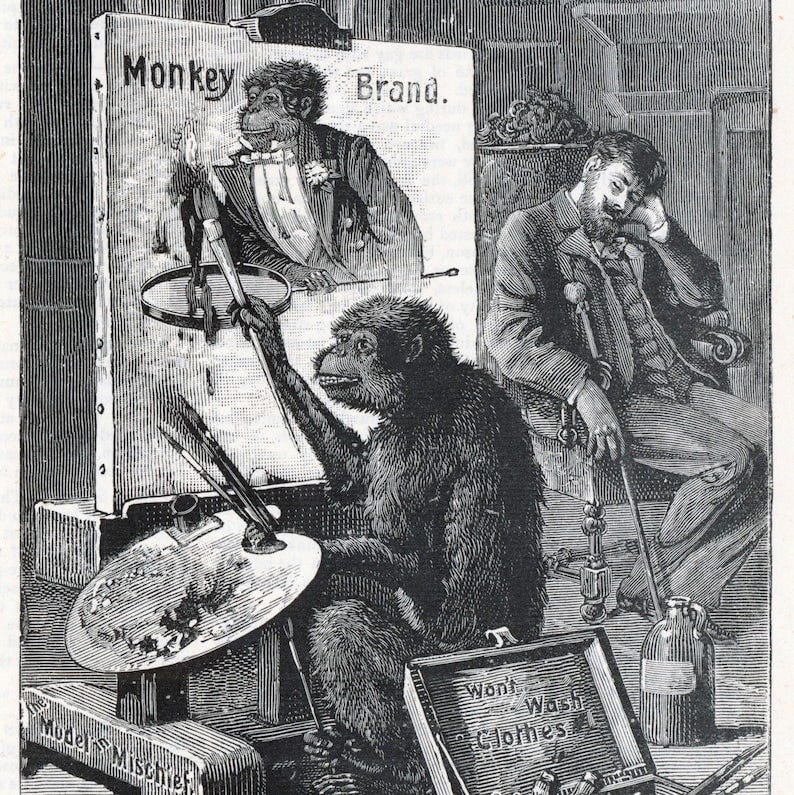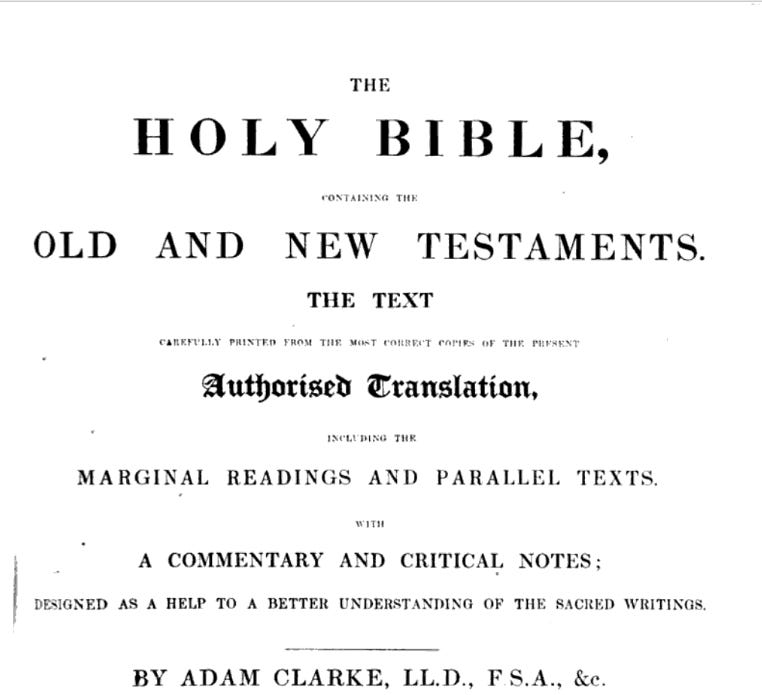The Edenic Monkey
Orang Utan and the Fall of Man
Adam Clarke was an industrious and studious Wesleyan scholar of holy scripture who published, across the 1790s and 1800s, a multi-volume commentary on the Bible, ‘designed as a help to a better understanding of the sacred writings’. It was very widely read, not just among Methodists, and remains in print to this day.
Perhaps the most challenging theological perspective advanced in this lengthy and learned commentary was Clarke’s rebuttal of the doctrine of the eternal Sonship of Jesus — the idea that Jesus was coeveal with God the Father (and the Holy Spirit) from the dawn of time. Clarke’s reading of the Bible did not, he believed, support such a view: he argued it would mean Christ was subordinate to God and therefore not fully divine.
But a more immediate and heated controversy was generated by a very different and, we might think, rather more trivial point of interpetation. The subtle beast that tempted Eve in the Garden of Eden: was it a kind of snake, a ‘serpent’? It is, after all, called in the Vulgate: serpens — and in the Septuagint ὄφις. Cut and dried, no?
Not so, says Clarke. The tempter of Eve was a monkey.
For his reasoning he returns to the original Hebrew:
Keep reading with a 7-day free trial
Subscribe to Substack-ships On Fire, Off The Shoulder Of Orion to keep reading this post and get 7 days of free access to the full post archives.



